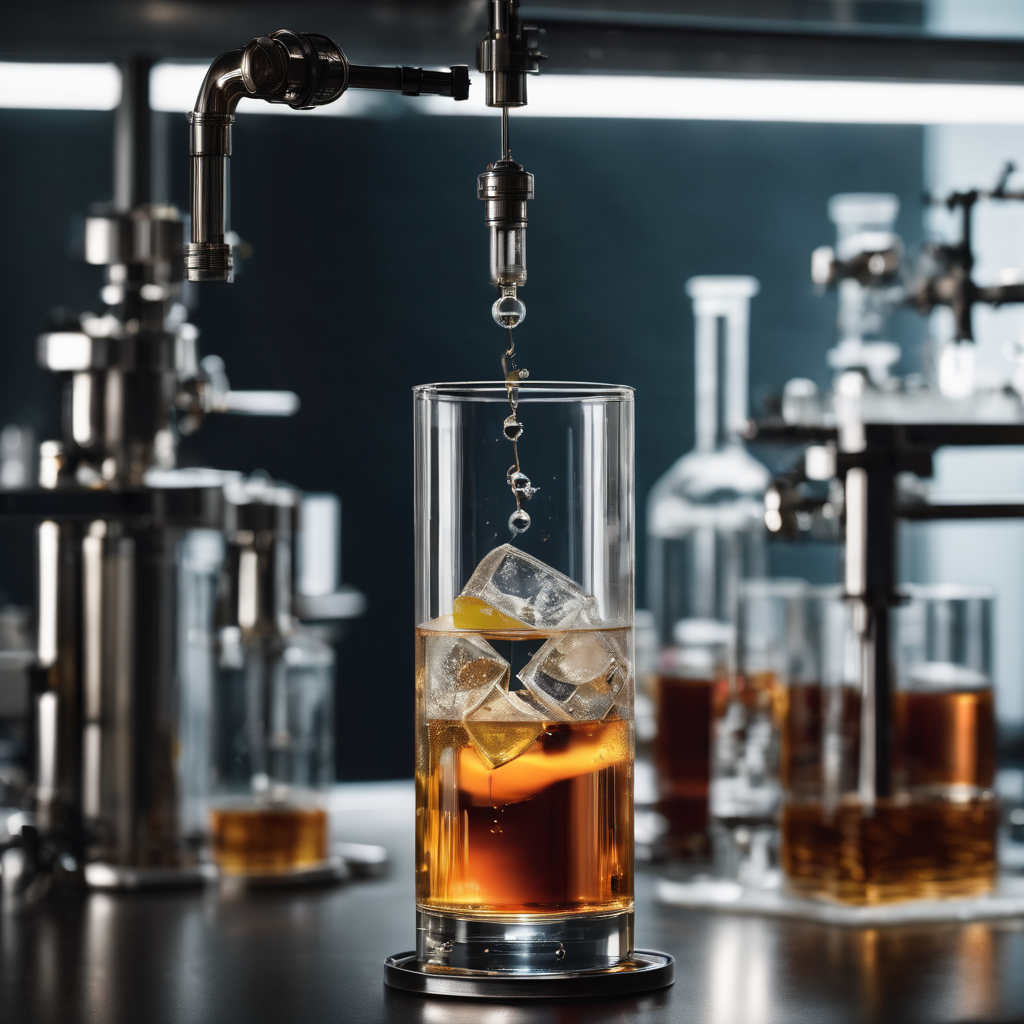A crucial aspect of crafting exceptional moonshine lies in the art of aging and proper storage. While moonshine is traditionally known for its unaged, raw character, aging the spirit imparts depth, complexity, and desirable flavors. Understanding the aging process and adopting optimal storage practices can elevate your moonshine to new heights of quality and taste.
The Aging Process:
1. Oak Aging:
Moonshine is often aged in oak barrels, with the wood influencing the spirit’s characteristics. Oak imparts flavors like vanilla, caramel, and oakiness, mellowing harsh edges and enhancing aroma. An oak barrel in an investment and requires maintenance and upkeep, but there are many economical alternatives available in homebrew and winemaking shops, such as oak shavings, chips, cubes, staves and spirals. a handful of oak chips in a gallon jug of moonshine, or a few toasted oak cubes in a mason jar full of neutral spirit and a few weeks to months later your creations will be at another level!
2. Time and Patience:
Aging is a patient process. The duration varies based on personal preferences and the desired flavor profile. As moonshine ages, it interacts with the wood, allowing flavors to mature and develop complexity.
3. Oxygen Interaction:
Oxygen subtly interacts with the spirit during aging, aiding in flavor evolution. Controlled exposure to air through barrel pores influences chemical reactions, contributing to the aging process.
Aging Techniques and Tips:
1. Barrel Selection:
- Choose quality oak barrels (charred or toasted) for aging. Barrels that held other spirits (such as bourbon or wine) can add unique flavors to your moonshine.
2. Barrel Size and Aging Time:
- Smaller barrels accelerate aging due to increased surface area contact with the spirit. Balance the aging time with barrel size to achieve desired flavors without over-aging.
3. Temperature and Storage Conditions:
- Store barrels in a controlled environment with consistent temperatures. Fluctuations in temperature can affect aging and flavor development.
4. Sampling and Monitoring:
- Periodically sample the aging moonshine to track flavor progression. Adjust aging time or conditions based on taste preferences.
5. Blending and Refinement:
- Experiment with blending different aged batches to achieve desired flavor profiles. Blending allows for refinement and the creation of unique, balanced spirits.
Storing Moonshine:
1. Barrel Aging vs. Bottle Aging:
- Once moonshine is aged in barrels to desired perfection, consider bottling it for preservation. Bottle aging allows further development and integration of flavors.
2. Bottle Selection:
- Use airtight glass bottles for long-term storage. Ensure bottles are clean, dry, and sealed properly to prevent oxidation.
3. Storage Conditions:
- Store bottled moonshine in a cool, dark place away from direct sunlight and temperature fluctuations. Consistent conditions preserve flavors and prevent degradation.
4. Labeling and Documentation:
- Label bottles with aging details (date, type of oak, aging duration) to track batches and monitor aging progress for future reference.
5. Consumption Timing:
- Moonshine reaches peak flavor at different aging stages. Experiment with tasting at various intervals to discover optimal maturation for your preferences.
Aging and proper storage transform raw moonshine into a refined, complex spirit. Embrace the art of aging, experimenting with techniques, and exercising patience. By understanding the nuances of aging and adopting meticulous storage practices, you’ll craft moonshine that captivates with its depth of flavors, making each sip a delightful experience.

Leave a Reply